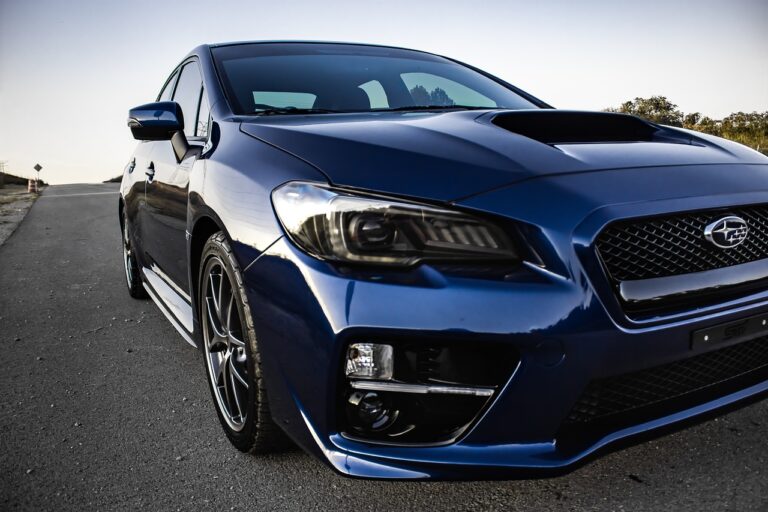Exploring the Intersection of Fashion and Car Design: Collaboration Opportunities
Fashion trends have long been a source of inspiration for car designers, influencing the overall aesthetic and style of vehicles. Just as fashion designers look to the runways for inspiration, car designers pay close attention to the latest trends seen on the streets and catwalks. The sleek lines and bold colors seen in fashion collections often find their way into the design of cars, creating vehicles that are not only practical but also stylish and visually appealing.
One of the key ways in which fashion trends influence car design is through the use of materials and textures. Just as designers experiment with innovative fabrics and techniques in fashion, car designers are constantly exploring new materials to use in the interiors and exteriors of vehicles. From luxurious leathers to high-tech fabrics, the use of innovative materials adds a touch of sophistication and luxury to car designs, reflecting the latest trends in the fashion world.
Innovative Materials in Fashion and Car Interiors
In both the fashion and automotive industries, there has been a notable shift towards using innovative materials in the creation of products. From high-performance fabrics to sustainable alternatives, designers are constantly seeking new ways to enhance their creations. This trend is also reflected in car interiors, where materials like recycled plastics, vegan leather, and advanced textiles are being utilized to offer both durability and aesthetic appeal.
The use of innovative materials not only adds a unique touch to designs but also contributes to the overall sustainability of products. Car manufacturers are increasingly embracing eco-friendly options for their interiors, reducing their environmental impact while meeting consumer demands for greener choices. In the world of fashion, cutting-edge materials are not only enhancing the quality of garments but also pushing boundaries in terms of design and functionality.
One of the most popular innovative materials being used in both fashion and car interiors is vegan leather, which offers a cruelty-free alternative to traditional leather while still providing durability and style.
Recycled plastics are another key material that is gaining traction in both industries, as they help reduce waste and promote a more sustainable approach to production.
Advanced textiles like moisture-wicking fabrics and temperature-regulating materials are also being incorporated into designs to enhance performance and comfort for consumers.
In the automotive industry, manufacturers are exploring options like natural fibers and bio-based materials to create interiors that are not only stylish but also environmentally friendly.
Sustainability is a driving force behind the use of innovative materials in both fashion and car interiors, as consumers become more conscious of their purchasing decisions and seek out products that align with their values.
Cross-Pollination of Design Elements in Fashion and Automotive Industries
Design elements in both the fashion and automotive industries are increasingly influencing each other, creating a fascinating cross-pollination of ideas. Just as trends in fashion often dictate color choices and styles in car design, automotive innovations like sleek lines and futuristic aesthetics are finding their way into the world of fashion.
The similarities between the two industries are not just limited to aesthetics. Functional aspects are also being shared, with materials like carbon fiber moving seamlessly from high-fashion runway garments to luxury car interiors. This exchange of design elements is spurring creativity and pushing both industries to think outside the box, resulting in unique collaborations and cutting-edge creations.
How do fashion trends influence car design?
Fashion trends can influence car design by inspiring shapes, colors, textures, and overall aesthetic choices in the design process.
What are some innovative materials used in both fashion and car interiors?
Some innovative materials used in both industries include carbon fiber, Alcantara, leather, and sustainable fabrics like recycled plastics.
How do design elements cross-pollinate between the fashion and automotive industries?
Design elements cross-pollinate between the fashion and automotive industries through collaborations, shared trends, and the use of similar materials and techniques in both fields.







